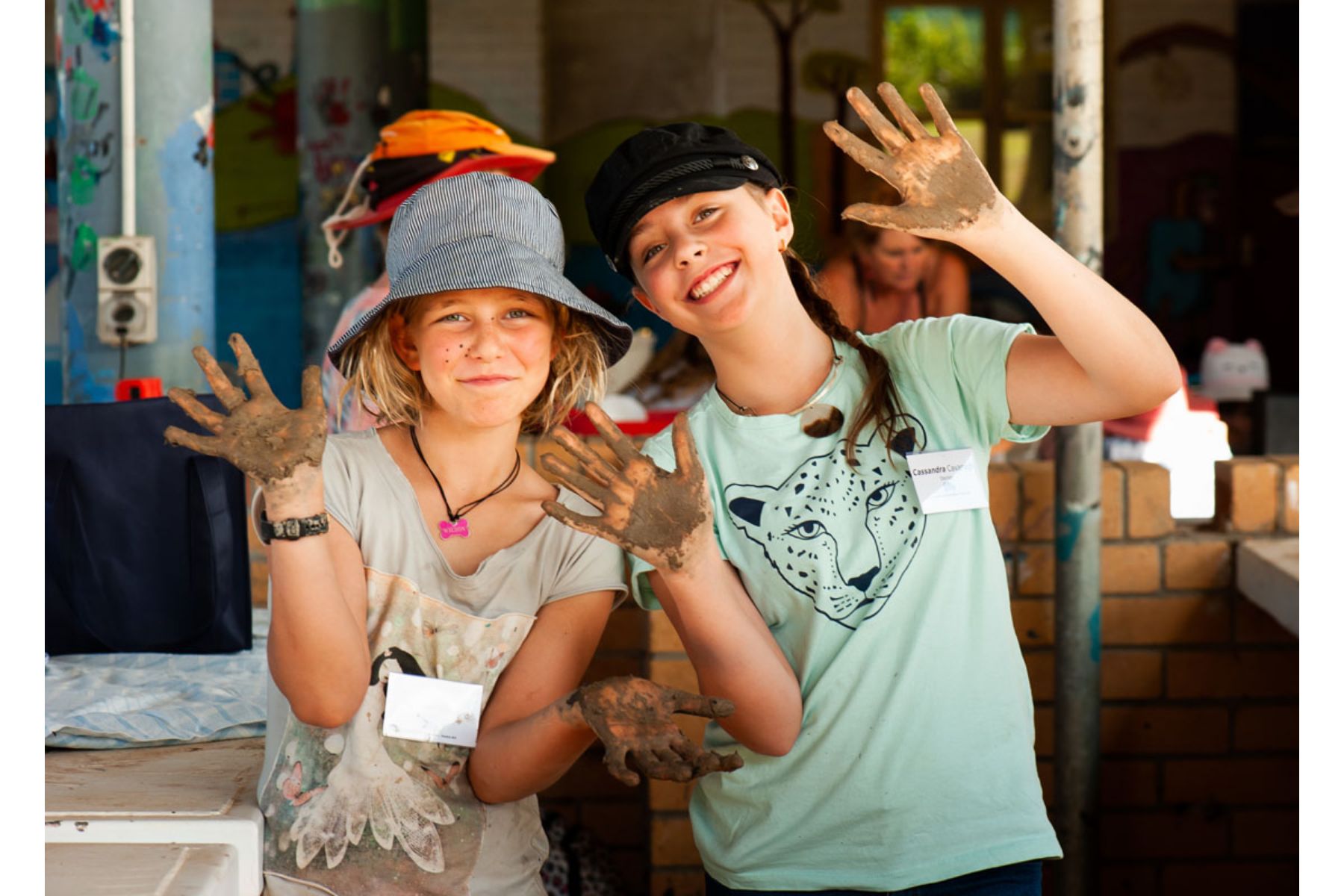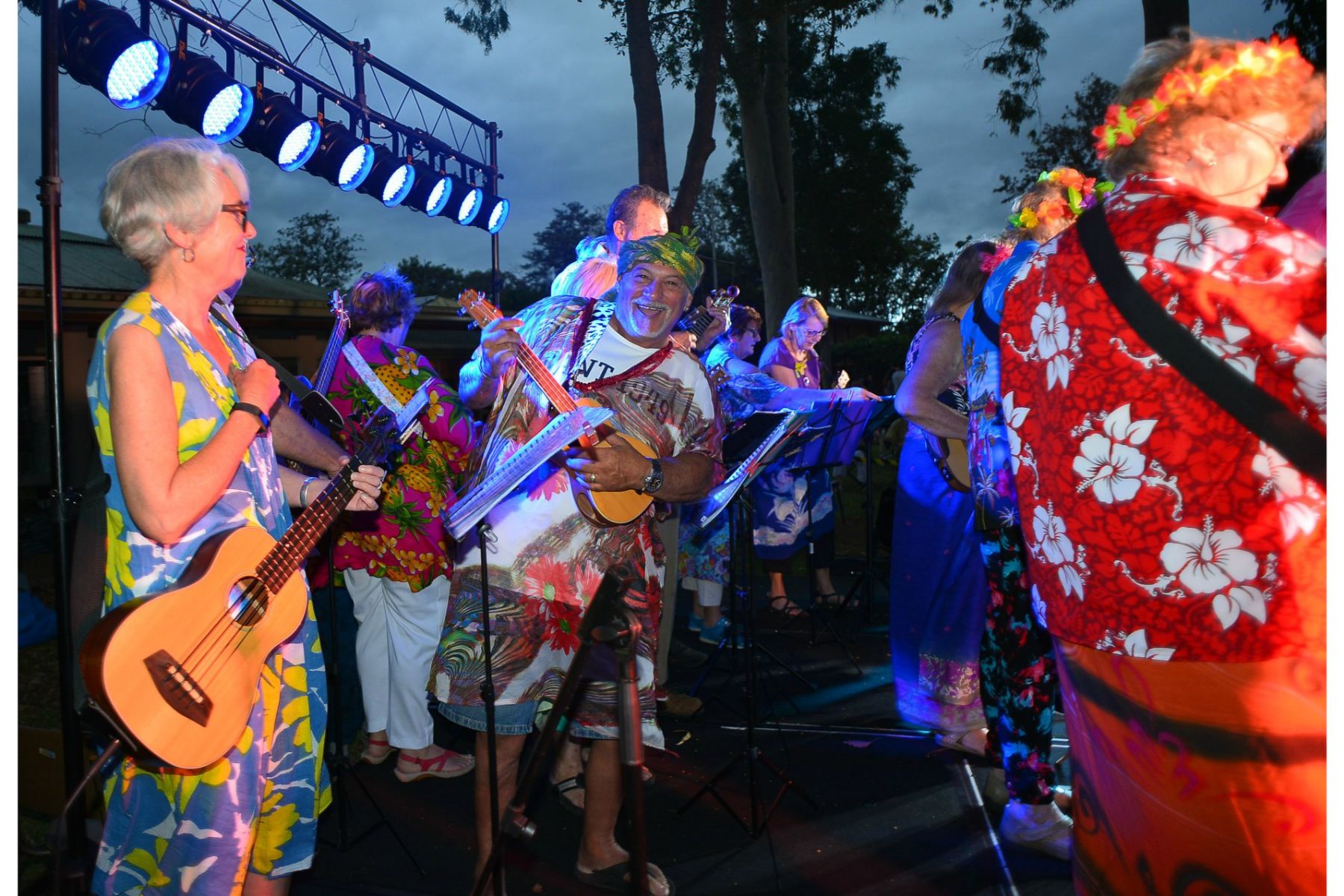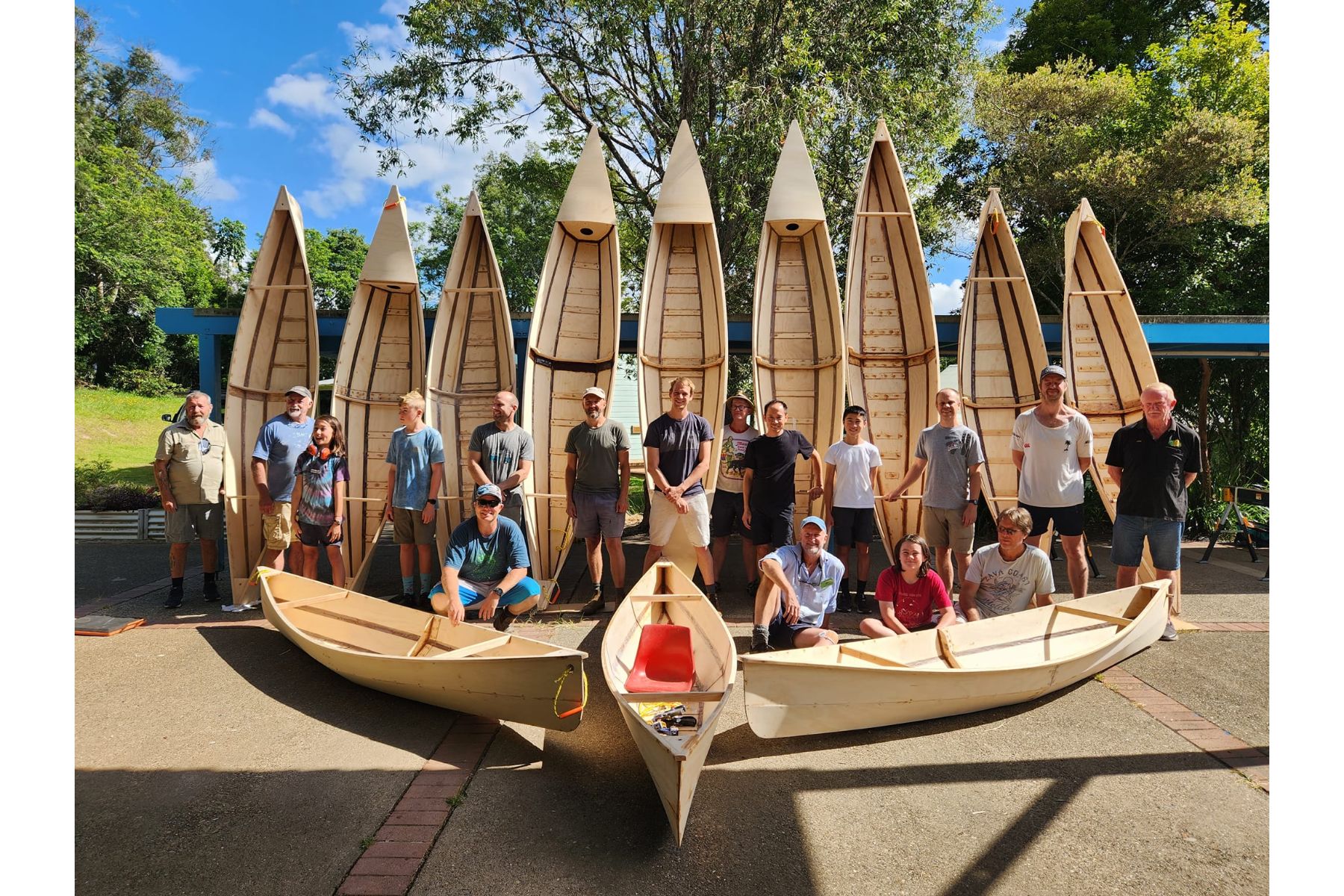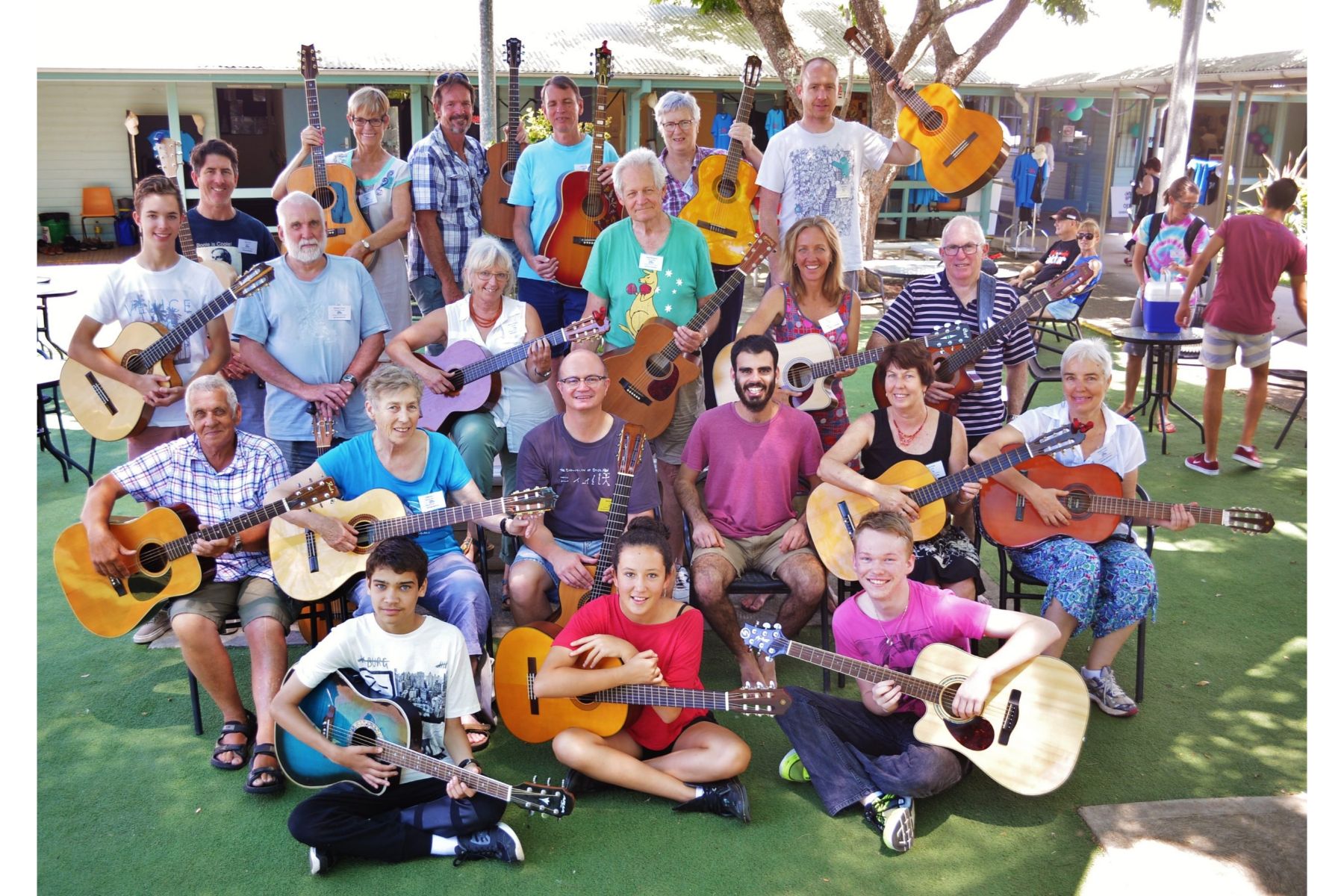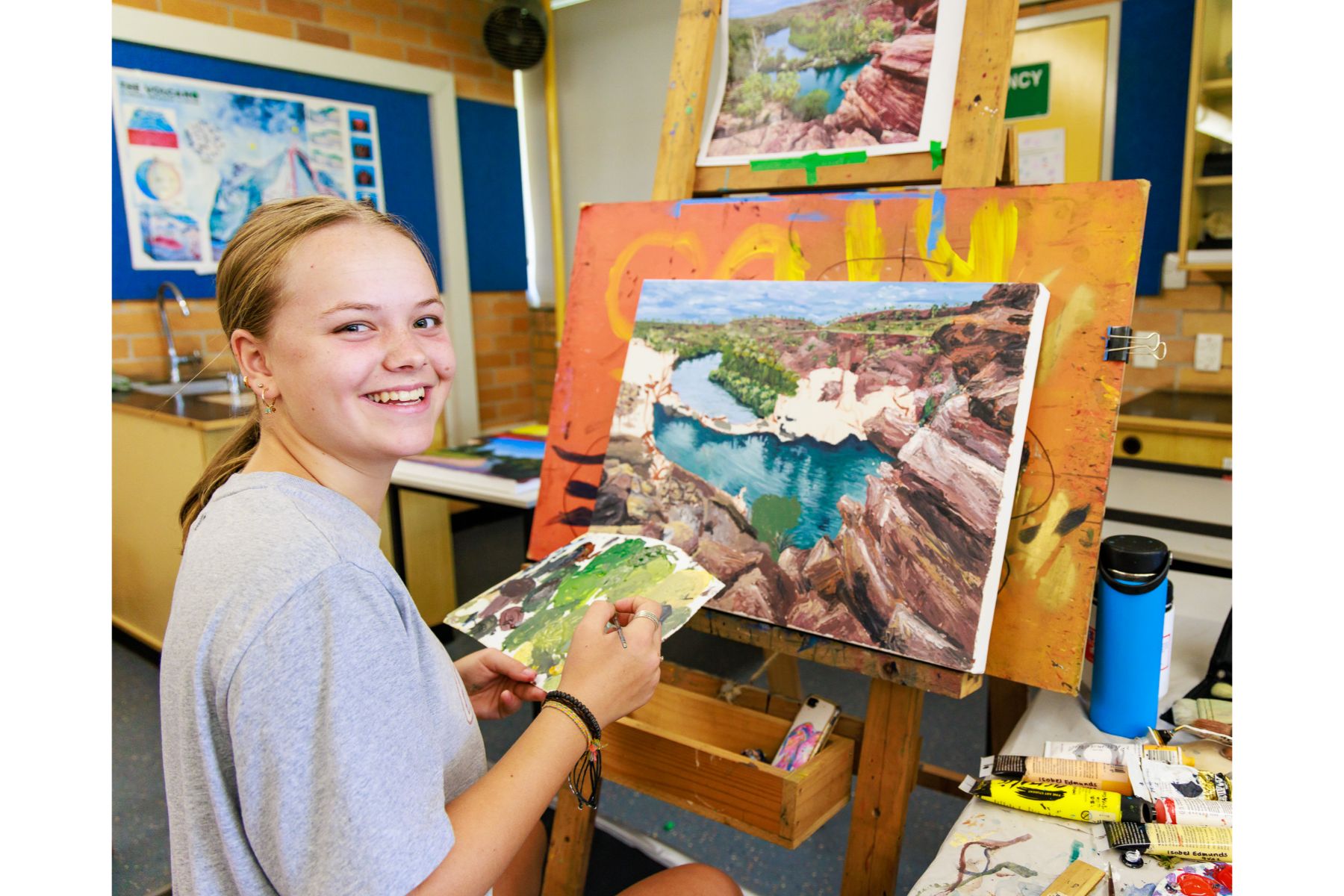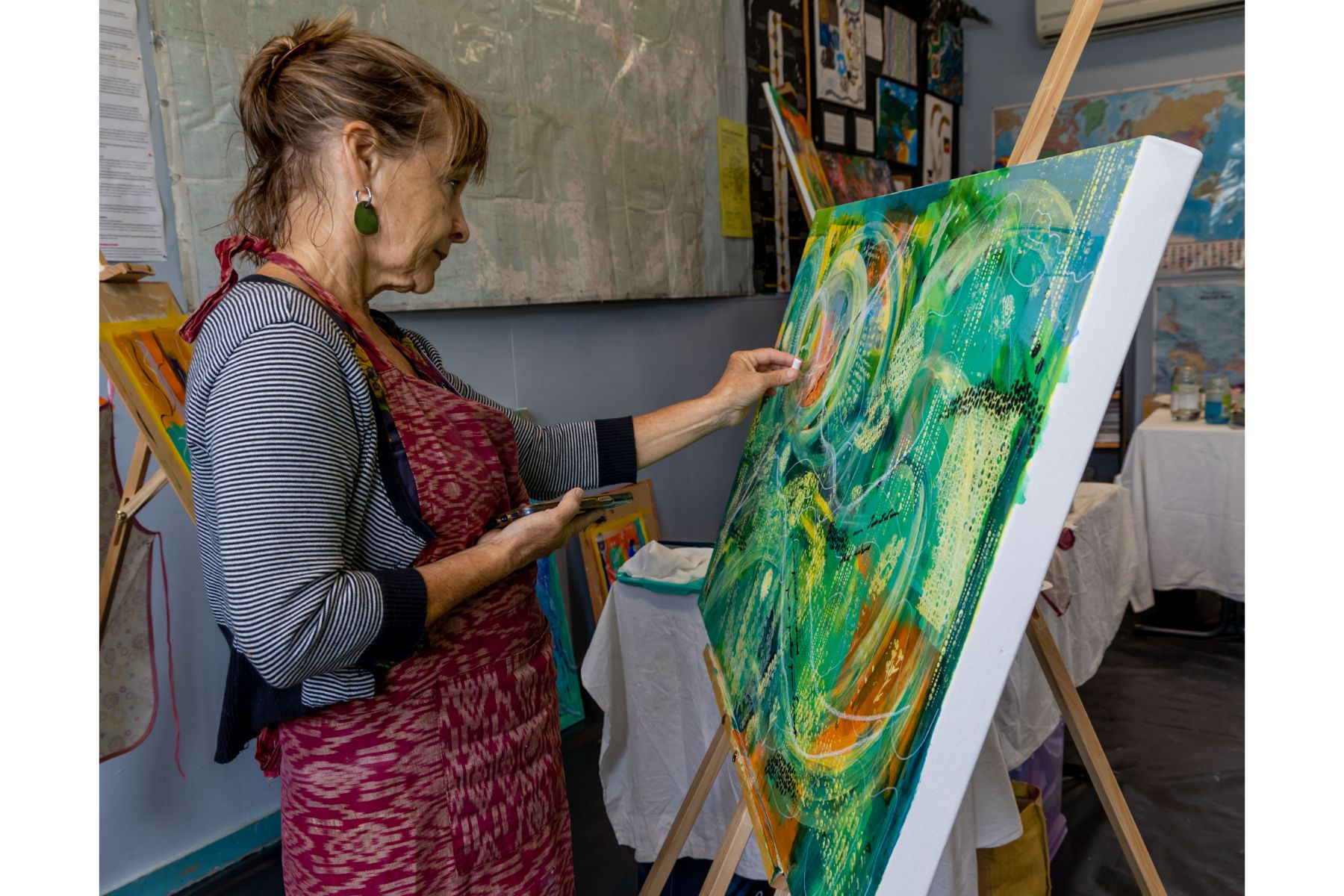Bookbinding for Pleasure

Whether you are an artist, a writer, or simply love beautiful journals, this is an opportunity to create handmade books using methods that haven't changed for centuries.
This course provides a solid grounding on the basics of traditional bookbinding and is a perfect springboard for diving into handmade books.
Make decorative paste-papers and at least 4 differently bound books (concertina, single & multi section booklet, button-hole & French link binding).
By the end of the week, you will be able to make a gorgeous book out of unexpected materials or a traditional binding with conventional supplies.
Go on to use your creations as beautiful notebooks, visual diaries, sketchbooks, or personalised gifts. Continue your bookbinding journey in a traditional way or by pushing the boundaries of what a book can be…
-
Full days - Monday to Friday - 9:00 am to 4:00 pm
-
Suitable for ages 18 to adult
-
Everyone
-
Nearly full
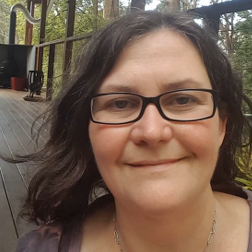
Monique Buchbach
Monique is a traditional bookbinder who learnt her trade repairing books for a state library back in the 90s.
She is passionate about bookbinding and works to ensure that this age-old traditional trade survives by sharing the knowledge and skills she has acquired throughout the years. She is particularly interested in repurposing materials, such as old books that she deconstructs and reassembles into large sheets of paper for handmade journals, paper bags and attractive packaging.
She loves sharing her enthusiasm for handmade books with others.


